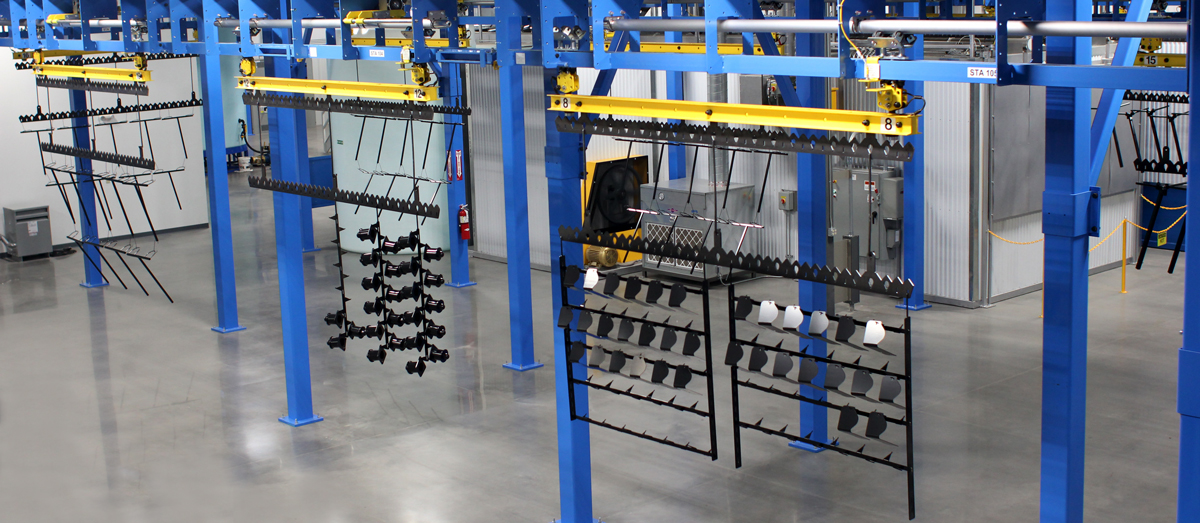Imagine you’ve been tasked to help feed breakfast to a very large family of twenty people. I come from a family of eleven, so I know what this is like! Your task is to make toast.
Suppose everyone comes to the breakfast table at the same time and everyone wants toast! Great, you say! Naturally, everyone wants to eat their breakfast at about the same time, so you have a relatively short time to make about 40 pieces of toast (at minimum).
Suppose, you only have the old-fashioned two slices of bread toaster available. How long will it take to make 40 pieces of toast if each pair of toast takes, what…3 minutes? Twenty pairs of toast at 3 minutes each is….wait a minute…60 MINUTES! Why, you’ll likely be skinned alive and eaten yourself if you take that long to get toast to each person at the breakfast table – especially if your big brother is one of the last ones to get his toast. Nope…no way…you need a much bigger toaster!
In fact, you probably need to get all the toast done in about 6 minutes or less which would be 10 pairs of toast in 3 minutes and 10 more pairs of toast in 3 more minutes. This means you need 10 of the 2-slice toasters or 5 of the 4-slice toasters, or maybe you could get by with just 2 of the 8-slice toasters, but two of your family members will get their toast at 12 minutes after sitting down. In that case, you have to know which relatives like to eat their toast last…LOL! (For now, we aren’t going to even bring up the tasks of buttering the toast or jelly options, etc.) Good luck! Your family is 20 strong, so likely as not…you can’t afford to own 2 of the really nice 8-slice toasters…so whatever you do…“don’t volunteer to do the toast.” LOL! Enough about me…Haha!
Since finishing systems have ovens, they also could be considered just like those toasters, in some ways. Parts need time to dry off and to cure in ovens. How many parts in how much time defines how big the ovens have to be and ultimately greatly influence the size and price of a system.
Traditional monorail systems tend to run track through the oven at x speed for y time to get to z parts per hour. Power and Free as well as friction-tube conveyors have carriers. Each carrier can carry one to very many parts, but for all intents and purposes each carrier is just like a piece of toast. The number of carriers or pieces of toast per hour define the size of the ovens. They affect other areas too, but much more directly the ovens than other parts of a finishing system.
If you say you can fit 10 parts on a carrier (at whatever size carrier we want to use and this is often defined by your longest, widest, and tallest parts – but could be based on other criteria as well), and you want to process 1,000 parts per hour on a finishing system, then you need a system that can process 100 carriers per hour. Ten parts per carrier into 1,000 parts per hour is 100 carriers per hour. That’s a fairly fast system, but let’s stick with it for mathematical purposes. 100 carriers per hour means you have a cycle time of just 36 seconds or .6 of a minute.
If you then specify you need 10 minutes in the dry oven this means you need a Dry “Toaster” with about 17 spots in it. Technically, the math is 10 minutes divided by the cycle time of .6 which equals 16.66 to be exact. However, you can’t fit a partial carrier into the oven, so you would round this up to 17.
Now…imagine a toaster with 17 total toast slots! Are you hungry yet?
With an IntelliFinishing System, we are more likely to suggest a system with 2 ovens and 9 spots each or 18 total spots of dry oven. This would give you a little extra capacity to grow into in the future. With two dry ovens with one lane for each (or it could be a single dry oven with two conveyorized lanes running through it), you also have the ability to route carriers that dry more quickly around carriers that dry more slowly.
Here’s another example for a final cure oven: you might specify you need 30 minutes on average. Thirty minutes divided by the cycle time of .60 minutes means you need 50 total cure oven spots. With our system, we might give you 5 ovens with 10 spots each or perhaps 10 ovens with 5 ovens each, or some mixture of ovens that would give you 50 total oven spots. It would tend to depend on what makes most sense with your available footprint.
Naturally, if you only need to do 10 carriers of parts per hour, the ovens are 10 times smaller! Ten carriers per hour gives you a 6-minute cycle time. 10 minutes of dry time divided by 6 minutes is 1.66 spots in the oven, to be rounded up to 2 spots. In this case, the dry oven is likely to be just one oven with 2 spots for carriers. For 30 minutes of cure time, the system would require 5 oven spots (30/6=5). Now you have some choices…a single oven with 5 spots? Two ovens with 3 spots in one lane and 2 spots in anther? Two ovens with 3 spots each, so you build in extra capacity? All these options would have to be discussed.
So, while throughput also will affect the number of load and unload locations, the number and style of booths, and the size of the wash (or even a blast if used), oven space is where we typically start when laying out a system. Without throughput estimates, it’s nearly impossible to design a system.
One last thing…suppose some family members want lightly toasted bread and others like it nearly black? Oh brother! But with an IntelliFinishing system, this is no problem (metaphorically). The carrier is given a recipe at load that defines time in the oven for that carrier for the dry off and cure steps. By using multiple lanes of ovens, the fast drying or curing parts can speed around the carriers with slower drying or curing parts.
If you’d like to learn more about our systems, contact me at jclaman@intellifinishing.com or by cell phone at 785-577-9104.
And…let’s skip the toast…I’m probably trying to be on a keto diet.
Related posts
Search this blog
Get email updates
Archives
- April 2024
- August 2023
- May 2023
- April 2023
- March 2023
- June 2022
- May 2022
- April 2022
- November 2021
- October 2021
- September 2021
- April 2021
- March 2021
- January 2021
- October 2020
- August 2020
- June 2020
- May 2020
- February 2020
- January 2020
- December 2019
- October 2019
- September 2019
- June 2019
- May 2019
- March 2019
- February 2019
- October 2018
- September 2018
- August 2018
- July 2018
- June 2018
- May 2018
- April 2018
- March 2018
- July 2017
- June 2017
- May 2017
- April 2017
- March 2017
- February 2017
- December 2016
- June 2016
- May 2016
- April 2016
- February 2016
- January 2016
- September 2015
- June 2015
- March 2015
- February 2015
- January 2015
- December 2014
- November 2014
- August 2014
- June 2014
- May 2014
- April 2014
- August 2013
- July 2013
- March 2013
- October 2012
- September 2012
- March 2011
- February 2011
- January 2011
- October 2010




